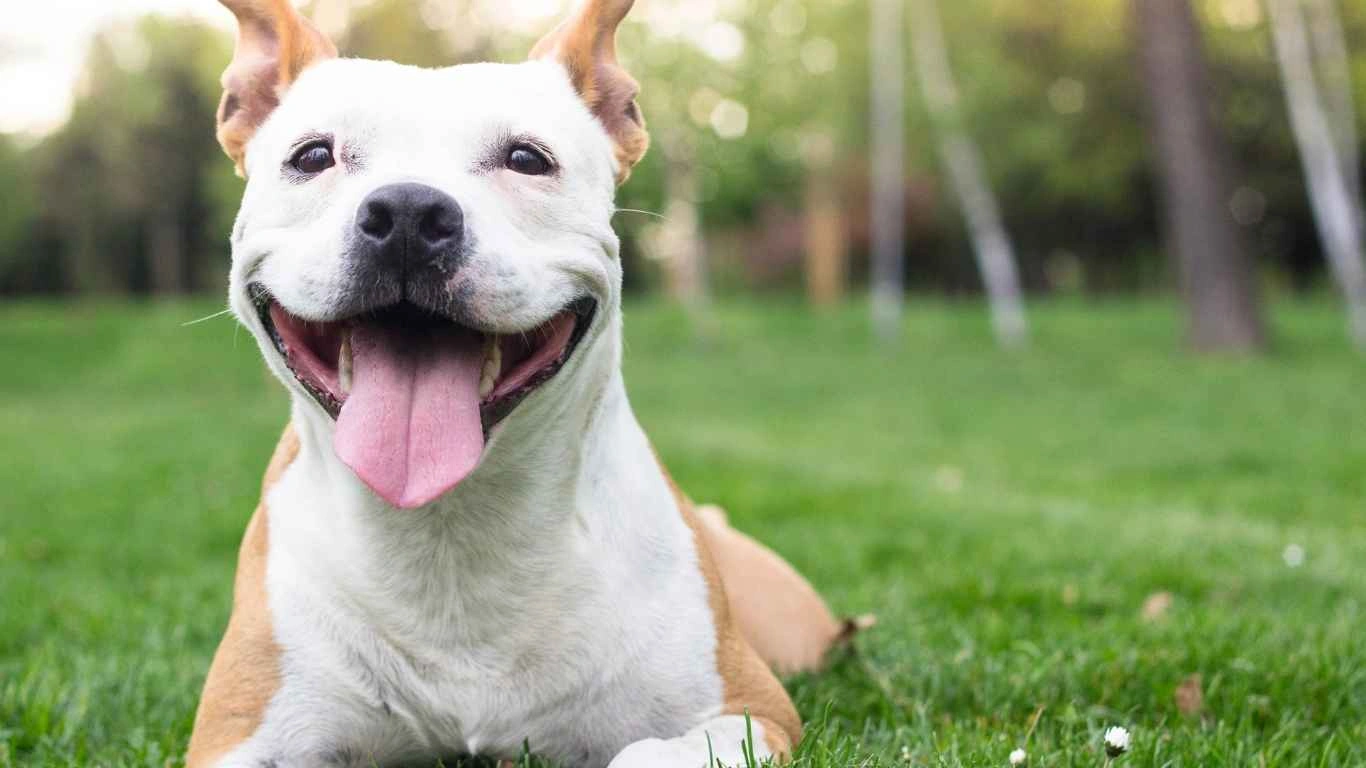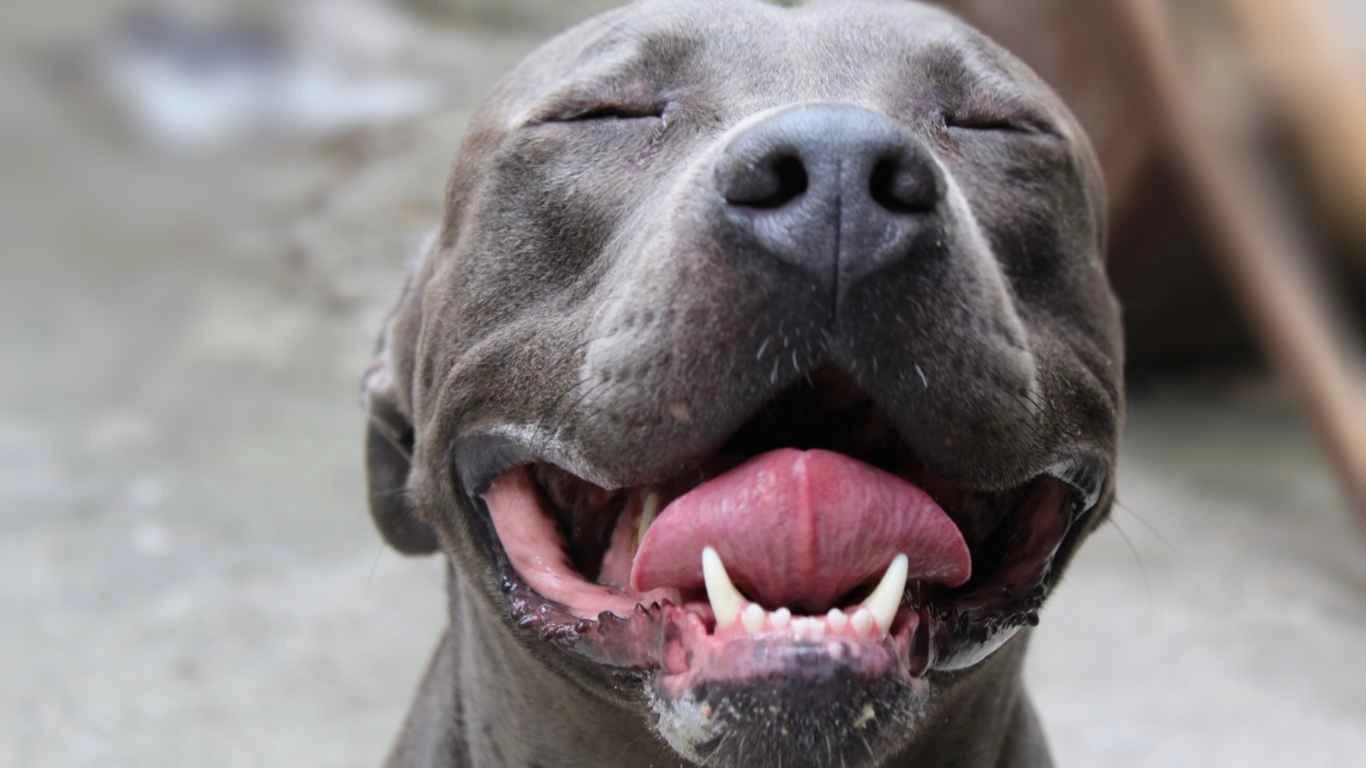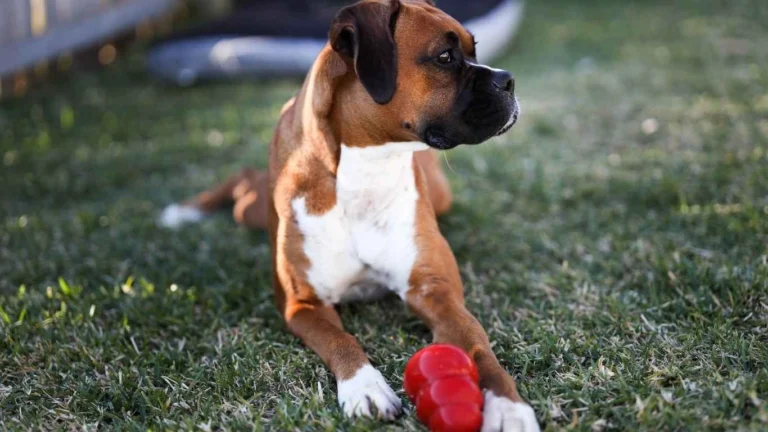Can Dogs Eat Plain Bread Safely? What Every Pet Owner Should Know
Hey there! If you’ve ever found yourself sharing a bite of your sandwich with your furry friend or wondered, “Can dogs eat plain bread?”, you’re definitely not alone. As someone who’s spent years working as an Animal Care Specialist in shelters and pet clinics, I’ve seen a ton of curious pups and concerned pet parents asking about the safety of everyday foods. Bread seems harmless enough, right? It’s just a simple staple in many of our diets. But when it comes to dogs, it’s not always that straightforward.
From my hands-on experience, dogs often sniff at whatever you’re eating, and some might even beg for a nibble of that soft, fluffy bread. While plain bread itself isn’t toxic to dogs, there are some things to consider before tossing a piece their way. In this article, I’ll walk you through the ins and outs of feeding bread to your dog, what to watch out for, and why moderation is key. Plus, I’ll share some personal stories from my time working with shelter pets who developed unexpected reactions to human foods. So, let’s dig in!
Can Dogs Eat Plain Bread? What You Need to Know

First off, the short answer is yes, dogs can eat plain bread — but with some important caveats. Plain bread, meaning bread without any additives like raisins, garlic, onions, nuts, or xylitol, is generally safe in small amounts. It’s not toxic, but that doesn’t automatically mean it’s a great treat.
In my years working at the shelter, I’ve seen plenty of dogs who got a little extra bread from well-meaning visitors or staff. Most of the time, it didn’t cause harm, but sometimes it led to mild digestive upset. So here’s the deal:
- Plain bread is mostly just carbs: It provides energy, but little nutritional value for dogs.
- It can cause stomach issues: Too much bread can lead to bloating, gas, or diarrhea.
- Watch out for allergies: Some dogs are sensitive to wheat or gluten, just like some humans.
From what I’ve seen personally, if your dog has never had bread before, start with a tiny crumb and observe how they react. If there are no issues after 24 hours, a small piece occasionally won’t hurt.
Why Plain Bread Isn’t a Nutritional Powerhouse for Dogs

Dogs don’t need bread in their diet. Unlike humans, who can benefit from grains for fiber and vitamins, dogs thrive on a protein-rich diet. Bread mostly offers empty calories — it’s made up of refined flour and water, sometimes a little yeast or salt. That’s not exactly a superfood for your pup.
During my shifts at the clinic, I often advised new pet owners to focus on balanced dog food or healthy treats instead of household snacks like bread. The key is to keep their diet aligned with what’s best for their digestive system and overall health.
Here’s what plain bread lacks for dogs:
- Essential proteins and amino acids — which dogs need to build muscle and maintain organ function.
- Healthy fats — important for skin, coat, and brain health.
- Vitamins and minerals — dog-specific nutrients like taurine or certain B vitamins found in meat.
Because of this, bread should always be a rare treat, not a daily snack. Too many carbs can even lead to weight gain and related health problems in dogs.
Potential Risks of Feeding Dogs Plain Bread

While plain bread might seem harmless, there are some risks that every dog owner should be aware of before sharing a slice with their furry pal. From my time working in animal shelters, I’ve learned firsthand that even foods that seem “safe” can cause unexpected issues depending on the dog’s size, health, and diet.
One of the most common problems I saw was digestive upset. Dogs have sensitive stomachs, and suddenly introducing bread—even plain bread—can cause:
- Gas and bloating
- Diarrhea or soft stools
- Constipation in some cases
It’s not unusual for a dog who’s never had bread before to get a bit of tummy trouble after a snack. For shelter dogs, whose digestive systems can be more fragile due to stress or previous malnutrition, this was even more pronounced. That’s why it’s always best to offer any new food cautiously and in very small amounts.
Another risk that’s less obvious but important to keep in mind is the potential for weight gain. Bread is high in carbohydrates, which can add up quickly and contribute to obesity if your dog is getting too many extras on top of their regular meals. Overweight dogs face a higher chance of joint problems, diabetes, and heart disease, so it’s definitely something to watch.
Beware of Toxic Additives in Bread

Here’s a crucial piece of advice from someone who has seen more than a few emergency vet visits related to human food: never give your dog bread containing harmful ingredients. Many bread varieties include things that are downright dangerous for dogs, such as:
- Raisins or grapes: These can cause kidney failure in dogs and must be avoided at all costs.
- Onions and garlic: Both are toxic and can damage your dog’s red blood cells, leading to anemia.
- Xylitol: This sugar substitute is extremely poisonous to dogs, causing a rapid drop in blood sugar and liver failure.
- Nuts: Certain nuts like macadamia nuts are toxic, while others are a choking hazard or hard to digest.
Even if the bread looks “plain,” it’s always a good idea to check the label or ask about the ingredients before sharing. From my clinic days, I can’t stress enough how vigilant pet owners need to be with this because what seems like a harmless treat can quickly turn into an emergency.
How to Safely Introduce Bread to Your Dog

If you want to try giving your dog a little plain bread, here are some tips from my experience that can help keep it safe and enjoyable for both of you:
- Start small: Offer just a tiny crumb or a small piece to see if your dog shows any signs of discomfort or allergies.
- Observe closely: After feeding, watch for vomiting, diarrhea, excessive gas, or lethargy over the next 24 hours.
- Limit frequency: Bread should never replace their balanced diet or be given too often. Think of it as an occasional treat, not a regular snack.
- Avoid additives: Always stick to bread without nuts, raisins, seeds, or sweeteners.
- Consult your vet: If your dog has existing health issues like diabetes, gluten intolerance, or obesity, get professional advice before feeding bread.
During shelter shifts, I often recommended this cautious approach because many rescue dogs come with unknown histories or special dietary needs. It’s better to err on the side of caution than to deal with an upset stomach or allergic reaction later on.
Alternatives to Bread That Dogs Love
Honestly, if you want to spoil your dog with something tasty, there are plenty of better options out there. From my hands-on work with pets, I’ve noticed that dogs tend to prefer treats that smell and taste more “natural” to them.
- Carrot sticks: Crunchy, low-calorie, and packed with vitamins.
- Apple slices: Just avoid the seeds, which can be harmful.
- Plain cooked chicken or turkey: A protein-rich treat that most dogs go crazy for.
- Store-bought dog treats: Look for wholesome, grain-free options with simple ingredients.
These alternatives not only provide better nutrition but also reduce the risk of any digestive issues that bread might cause. Plus, from a shelter perspective, treats like these are safer to offer to dogs with sensitive stomachs or allergies.
My Personal Take: Bread and Dogs in Real Life

Over the years, working directly with dogs at shelters and clinics, I’ve had countless chances to observe how different pups react to human foods, including plain bread. One story that sticks with me is about a sweet golden retriever named Marley. Marley was a rescue who loved begging for table scraps — bread included. At first, his foster family gave him small pieces as treats, thinking it was harmless.
But after a few days, Marley started showing signs of tummy discomfort — a little gassiness and loose stools. The foster family reached out, and we adjusted his diet, cutting out the bread completely. Within a couple of days, Marley’s digestive issues cleared up. That experience was a good reminder for me: even “safe” foods like plain bread aren’t always perfect for every dog.
In contrast, some dogs I’ve cared for had no issues with tiny bits of plain bread at all. It really depends on your dog’s individual health, tolerance, and overall diet. This is why I always tell pet parents to keep an eye on their dog after trying anything new and not to overdo it.
Tips for Responsible Treat-Giving
From my shelter and clinic experience, treat-giving is an art. It’s a way to bond with your pet, but it also carries responsibility. Here’s what I recommend for keeping treat time safe and stress-free:
- Know your dog’s health history: If your dog has allergies, digestive issues, or chronic illnesses, consult your vet before adding new treats like bread.
- Keep treats to less than 10% of their daily calories: This helps maintain a balanced diet and avoids weight problems.
- Always provide fresh water: Especially if you’re giving dry or starchy foods like bread.
- Use treats as training tools: This helps control quantity and makes treat time purposeful.
Trust me, these simple guidelines can prevent a lot of common problems and keep your dog happy and healthy for years to come.
What to Do If Your Dog Eats Too Much Bread

Accidents happen. Maybe your dog snatched a whole loaf off the counter when you weren’t looking, or a friend gave them way too many pieces during a visit. So what should you do if your dog overeats bread?
First, don’t panic. Bread itself isn’t toxic, so the risk isn’t poisoning, but the consequences can still be uncomfortable or serious if eaten in very large amounts.
Watch for symptoms such as:
- Vomiting
- Diarrhea or loose stools
- Excessive gas or bloating
- Lethargy or discomfort
If you notice any of these, call your vet. Especially if your dog is a small breed or has underlying health conditions, professional guidance is key.
One thing I always share from my clinic experience is to never induce vomiting or give medications without vet approval. Sometimes well-meaning owners try to fix things on their own, which can do more harm than good.
If your dog seems fine after a small bread indulgence, just monitor them closely for 24 hours. Hydration is important, so make sure fresh water is available at all times.
Wrapping Up the Bread Question for Dogs
To sum up (but not concluding quite yet!), the answer to “Can dogs eat plain bread?” is a cautious yes. Plain bread isn’t toxic, but it’s not exactly a super healthy snack either. It’s mostly empty carbs, can upset sensitive stomachs, and sometimes leads to weight issues if given too often.
From my years in animal care, I recommend treating bread as an occasional, very small treat — if at all — and always avoiding bread with harmful ingredients. When in doubt, stick with dog-specific treats or fresh, dog-safe fruits and veggies.
Feeding your dog responsibly is one of the best ways to ensure they live a happy, healthy life. And remember, when it comes to diet questions, your vet is always your best resource.
References
Disclaimer
The information provided in this article is based on my personal experience as an Animal Care Specialist and research from reputable veterinary sources. It is intended for educational purposes only and should not replace professional veterinary advice. Always consult your veterinarian before making changes to your dog’s diet or if your pet shows any signs of illness after eating human food.






